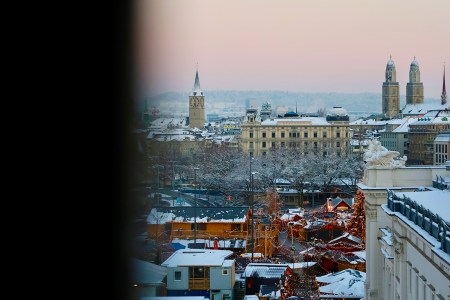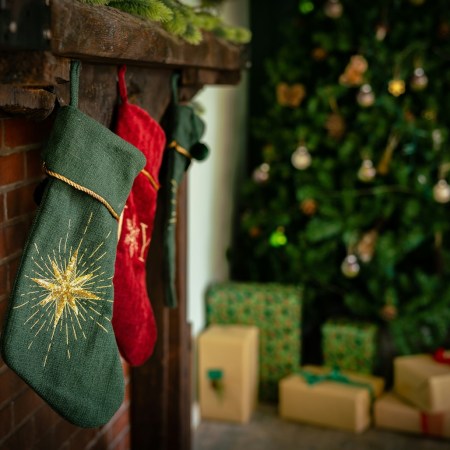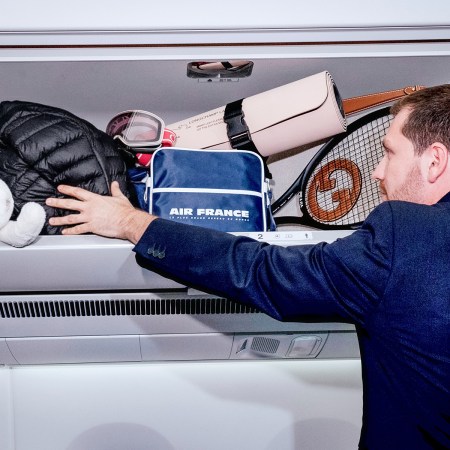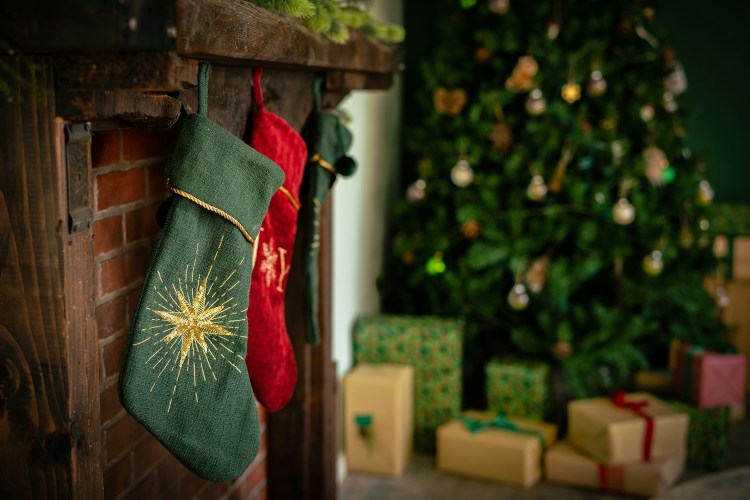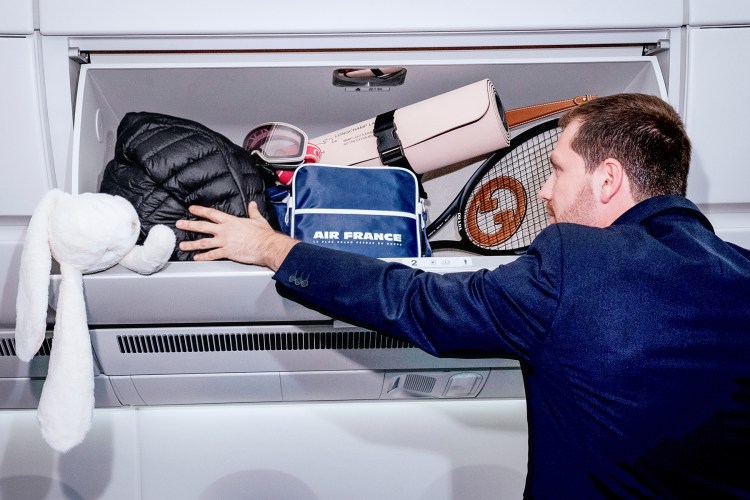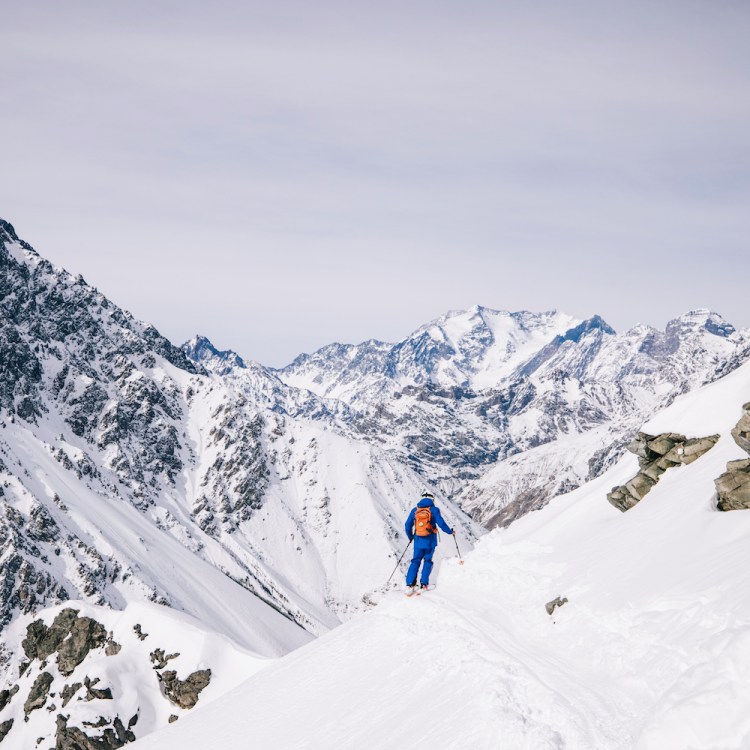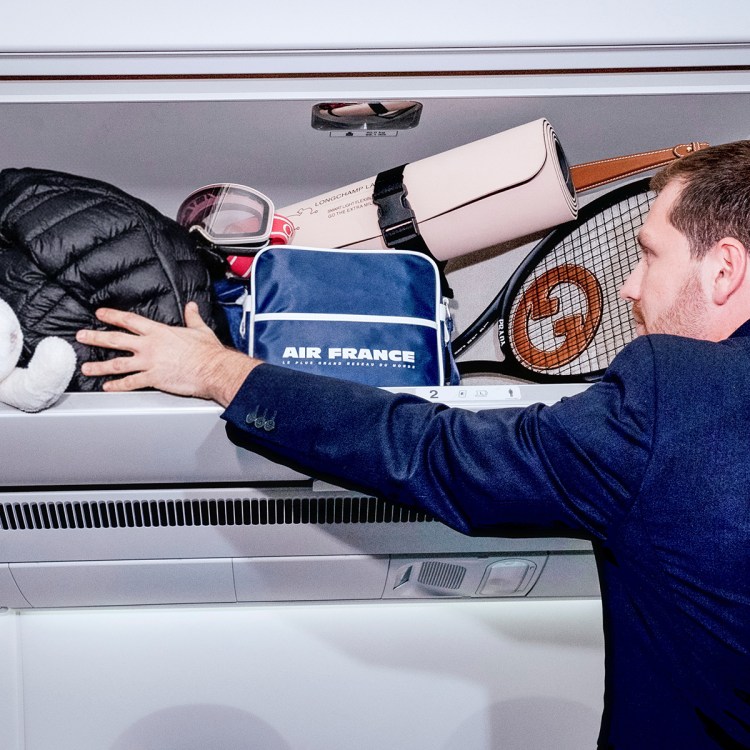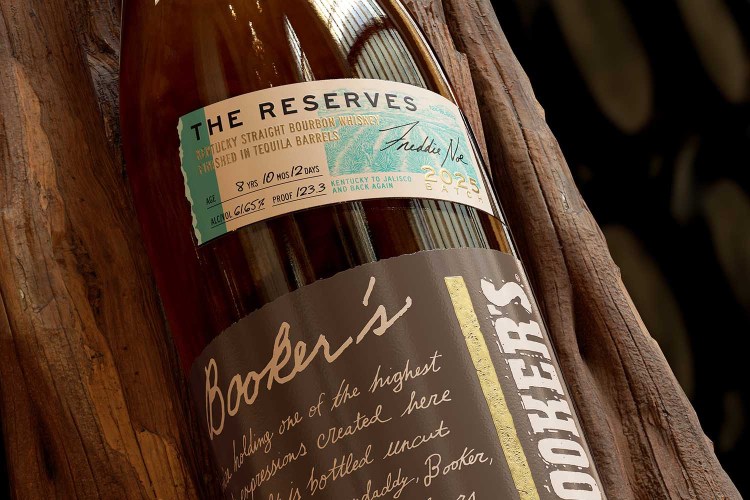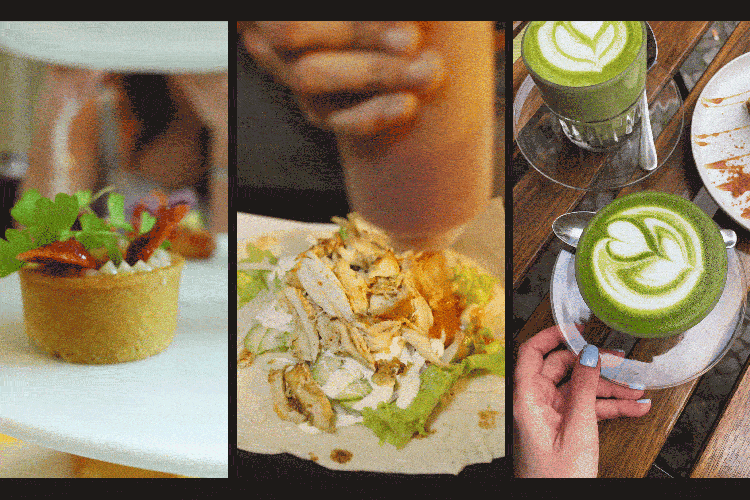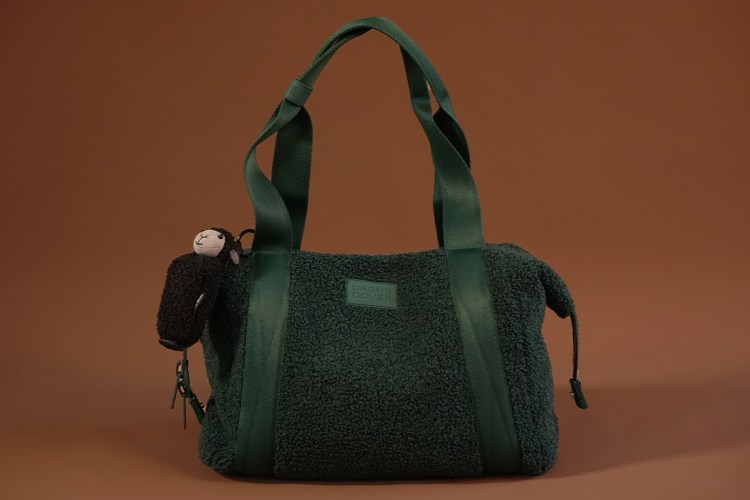I’m sweaty and panting hard by the time I reach the small chalet perched high in the Swiss Alps. But when I pause to catch my breath, I hear the faint jangle of cowbells — and smell the nutty, rich, unmistakable aroma of cheese. Michael Schläppi, a third-generation farmer and cheesemaker wearing a long vinyl apron and Crocs, steps out into the late August sun and greets me warmly. “Come on,” he says with a thick Swiss-German accent. “I’ll introduce you to the cows.”
Swiss cheese is iconic. But, as I learned on a recent trip to the small village of Gstaad, there’s so much more to this beloved national food than the limp, holey sandwich slices sold at American grocery stores.
You could sit down at pretty much any restaurant in Switzerland and order something cheesy — and it would be delicious. But if you want to immerse yourself fully in the world of Swiss cheese, these experiences will help you go deeper.

Hang Out With a Dairy Farmer
After introducing me to his cows — a group of about 30 tan-and-white ladies, with names like Carla and Erika — Schläppi walked me through the process of making alpkäse. This is a special type of cheese that farmers make in July and August, when they take their cows up into the mountains to graze on the thick grass that emerges after the snow melts. The farmers join their animals in the alpine, living in humble structures that double as living and working quarters. Only cheese made during these high-elevation, summer forays can be called alpkäse — so it’s particularly special.
You can visit Swiss dairy farmers like Schläppi for a tour, tasting and a traditional cheese-making lesson on specific days during the summer months in the Alps. In most places — including Gstaad and Mürren — the best way to book is through the local tourism office.

Attend a Cow Parade
Without cows, there would be no cheese — and the people who live in the Swiss Alps never forget or take for granted the role these docile hooved animals play in creating this tasty food product.
To that end, many mountain communities in Switzerland host special festivals and parades to celebrate their beloved dairy cows. These events usually occur at the tail end of summer, just as autumn’s cooler weather starts to creep in. That’s when dairy farmers and their herds begin to descend from the mountain tops and head toward lower-elevation grazing areas. As the cows march through town, villagers gather to honor and thank them — and partake in a little revelry of their own, with food, music, dancing and more. For this occasion, farmers dress their cows in elaborate flower crowns and put massive decorative cow bells around their necks.
These annual fêtes go by several names, including désalpes, alpabzug, alpabfahrt and züglete. You’ll find them throughout the mountains, and the Swiss tourism office maintains a list of all the dates and locations.
A Definitive Guide to Zürich During the Holidays
Where chocolate, cheese fondue and Singing Christmas trees reign supreme
Rent a Fondue Backpack
You’ll see fondue on restaurant menus throughout Switzerland, whether you visit in summer or winter. But for a more adventurous experience, some alpine communities have started offering “fondue backpacks” that travelers can rent and take with them into the Alps for a gooey picnic. These sturdy rucksacks are filled with all the ingredients and gear you need for an al fresco fondue session — including a pouch of melty cheese, bread and potatoes, spices, plates, forks and a cooking vessel.
You’ll find them in mountain villages like Gstaad, Grindelwald, Interlaken and Wengen. In Gstaad, many visitors rent a fondue backpack, then hike or snowshoe to one of the giant, human-sized replica fondue pots placed throughout the region. You’ll work up an appetite, then enjoy sweeping panoramas while you feast on cheese.

Shop at a Self-Serve Cheese Fridge
If you get hungry while you’re hiking in the Swiss Alps, don’t fret: You’ll probably stumble upon a refrigerator stocked with cheese next to the trail. Tucked into small wooden shelters, these unmonitored, self-serve fridges are where local farmers sell their delicious homemade wares — typically cheese and sausage, but also sometimes yogurt, eggs and produce. The concept is simple: You take what you want, then leave behind the correct amount of cash or pay using Twint (a Swiss mobile payment app similar to Venmo).
Back in town, you can also find refrigerated cheese vending machines outside of many local dairies. This way, you can have cheese 24/7 whenever the craving strikes (which, with jetlag, might be the middle of the night).

Explore a Subterranean Cheese Grotto
Before it can end up in gourmands’ bellies, many types of Swiss cheese have to be aged for several months. Ideally, the wheels are stored somewhere humid and cool, with relatively constant temperatures between 45 and 55 degrees Fahrenheit.
That’s where the Molkerei Gstaad cheese grotto comes in. Built in 1931, this underground vault served as a municipal water storage tank for decades. But, in 2005, when the village decided to build a new water tank, Molkerei Gstaad — a local dairy — bought the vault and transformed it into a cheese-aging warehouse.
Here, on the outskirts of the village, the dairy stores 3,000 wheels of cheese valued at more than $1 million. Lucky for us, Molkerei Gstaad offers public tours of the grotto, which is also nicknamed the “cheese cathedral.” In keeping with that theme, they use candles to illuminate the underground lair and they play reverent choral music whenever guests visit. After admiring the towering shelves of aging wheels in the flickering candlelight, you can sample some while sipping white wine.

Ride the Cheese Train
Ride the rails — and savor some Swiss cheese — by booking a spot on the GoldenPass-MOB “cheese train.” After departing from Montreux or Zweisimmen, you’ll glide through the gorgeous mountain scenery until the train reaches the village of Château-d’Oex. Here, passengers disembark and head to Le Chalet, an alpine restaurant and cheese-making facility. Watch a farmer make cheese the traditional way — by heating fresh milk over an open fire — before enjoying some fondue. Spend the afternoon exploring the village before getting back on the train for the return journey.

Visit a Cheese Factory
If you want to learn how cheese is made on a slightly larger scale, head to La Maison du Gruyère. It’s located in the picturesque village of Gruyères, where the most exported Swiss cheese — Gruyère — is made. At this factory, cheese-makers skillfully transform fresh cow’s milk into up to 48 wheels of Gruyère each day. It’s no easy feat, considering that Gruyère must be made under a strict set of rules called an AOP, or appellation d’origine protégée.
While here, you can wander through a small exhibition that explains the history and significance of Gruyère. You can also use La Maison du Gruyère as the starting point for a “cheese hike” to an alpine dairy on nearby Moléson mountain. (And if you don’t feel like hoofing it, head to the on-site restaurant instead.)
This article appeared in an InsideHook newsletter. Sign up for free to get more on travel, wellness, style, drinking, and culture.


